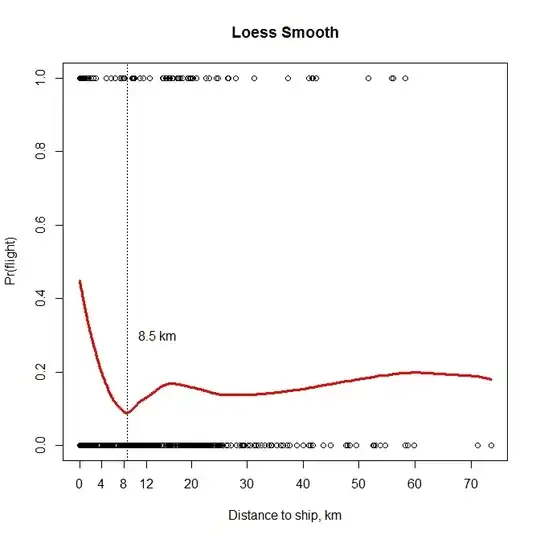I have a dataset with samples 0 and 1 data. Here each Id represents a sample no and 0 or 1 represents if the keyword(on the left: Water, Soil, etc) exists in the publication. The regional columns on the right (eg. Africa, Asia) say where the paper was published from, however, there are overlaps between regions(eg same publication has multiple country affiliations)
1. What kind of statistical tool I will need to find the correlation between the region (Europe, Africa, Asia) and the keywords (eg. water, Soil, waste, etc)*
2. What kind of statistical tool I will need to find if region influences the keywords?
